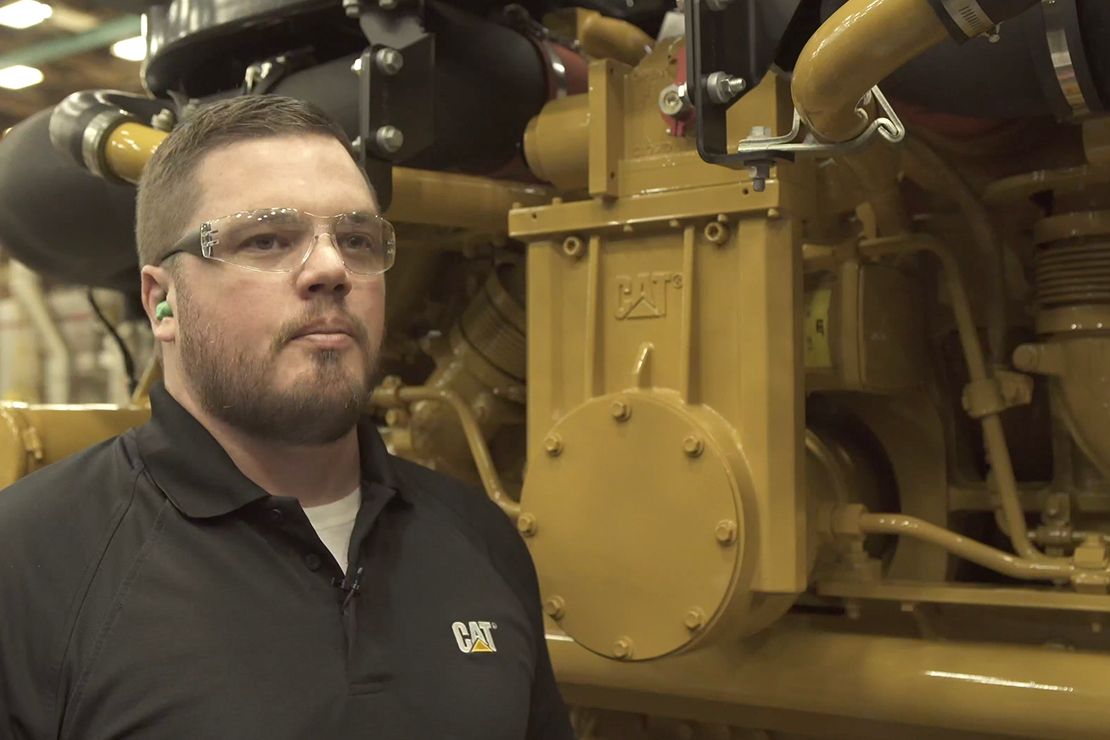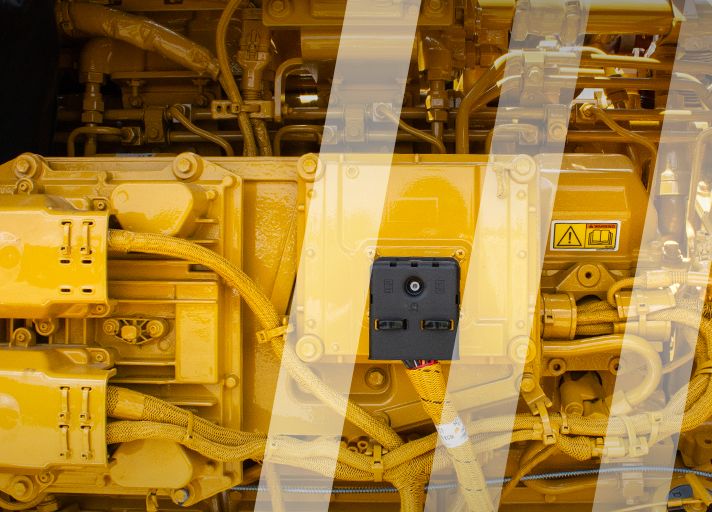If you already have an existing account with another Cat App, you can use the same account to sign in here
One Account. All of Cat.
Your Caterpillar account is the single account you use to log in to select services and applications we offer. Shop for parts and machines online, manage your fleet, go mobile, and more.
Account Information
Site Settings
Security
HEAD TO HEAD: RACECAR ENGINE VS. OIL & GAS ENGINE
HOW DOES THE RACECAR ENGINE STACK UP AGAINST A CAT® DGB™ ENGINE?
They’re both associated with Caterpillar, but they’re two very different engines — not just in purpose, but in size, design, fuel burned and lifespan.
Take a look at the specs of the Racecar Engine side by side with Cat® Oil & Gas’s award-winning 3512E Tier 4 Final Dynamic Gas Blending (DGB™) Engine for well service applications to see the differences.
HOW DOES THE ENGINE IN THE CATERPILLAR NO. 8 CAR STACK UP AGAINST A CAT® OIL & GAS ENGINE?
|
Cat® Racecar Engine |
3512E Tier 4 Final DGB™ Engine |
Horsepower |
870 (restricted to 750 on oval tracks under a mile & 550 on tracks over a mile) |
2500 |
Cylinders |
8 |
12 |
Aspiration |
Naturally aspirated, electronic fuel injection |
Turbocharged aftercooled |
Weight |
575 pounds |
15,793 pounds |
Bore |
4.185 inches |
6.7 inches |
Stroke |
3.25 inches |
8.5 inches |
Displacement |
358 cubic inches |
3,596 cubic inches |
Length |
29 inches |
138 inches |
Width |
25 inches |
91 inches |
Height |
30 inches |
108 inches |
Fuel Type |
98 Octane with 15% ethanol (higher octane version of what’s used in passenger cars) |
Diesel, natural gas, CNG, LNG, pipeline gas and field gas |
Lifespan |
Typically rebuilt every 1,000 miles |
10,000 hours |
Related Articles
-
Curious About E-Frac? Here Are Three Factors To Consider.
With proponents of electric fracking claiming cost savings of $1 million a month, it’s easy to get caught up in the hype. But take a careful look at the numbers to see if those savings are a reality for your operation.
Learn More -
Technology Delivers High Displacement and Low Emissions
With our 3512E Tier 4 Final DGB™ engine, you get industry-best diesel displacement, fuel flexibility and GHG reductions. How? Thanks to these industry-first technologies.
Learn More





